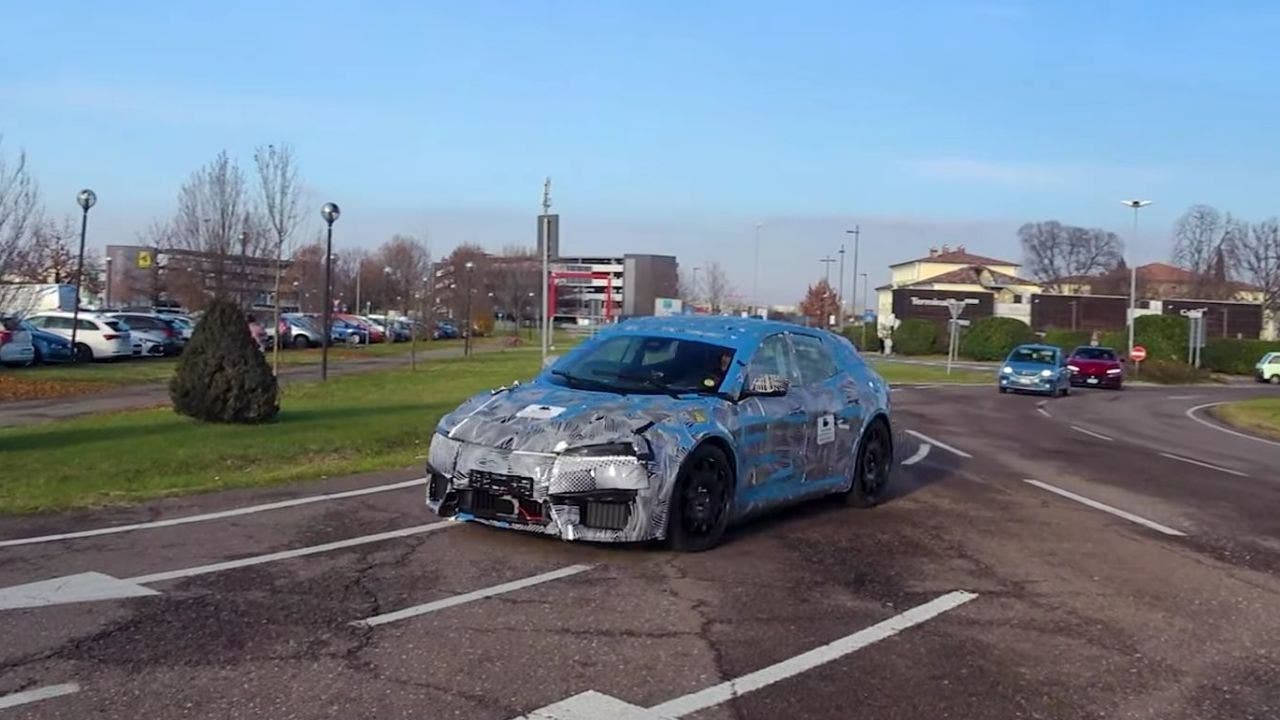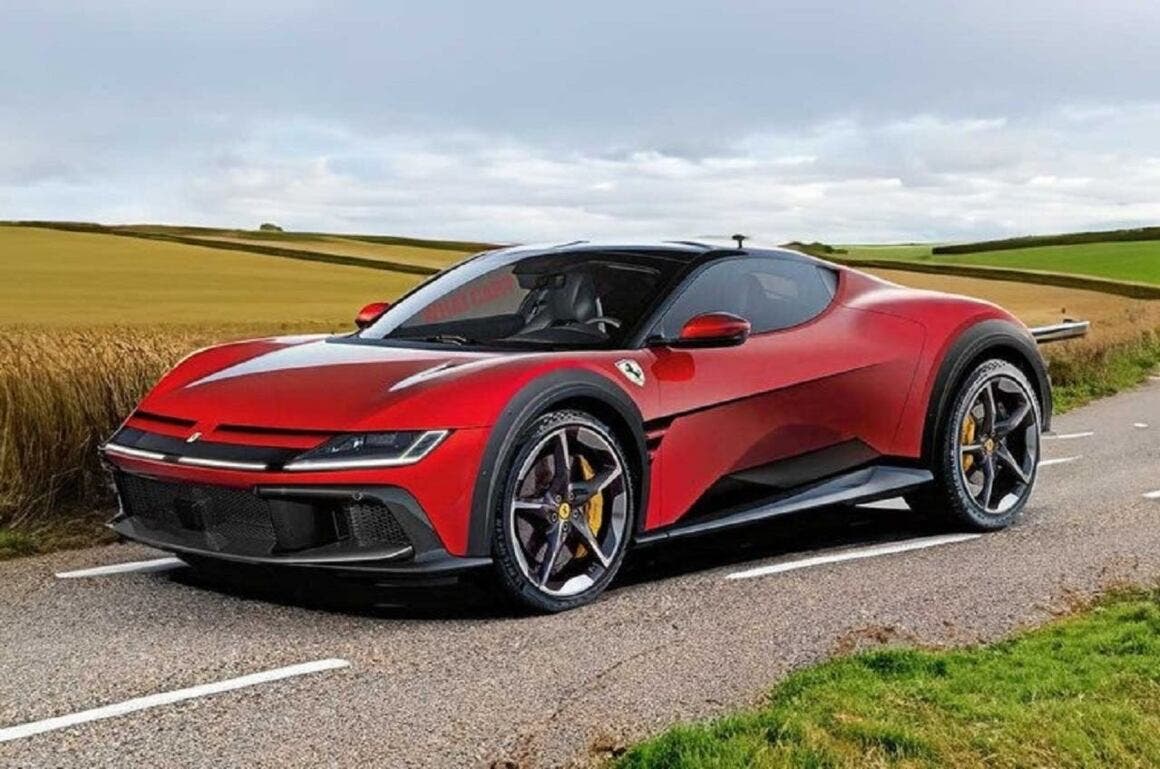Ferrari‘s first electric model will debut in three phases between October 2025 and early 2026. The new electric Ferrari represents more than just a step toward increasingly widespread ecological awareness, as according to some analyses, it could play a significant role in the concrete recovery of sales in specific markets, starting with China.
Ferrari sales have decreased in China and the Far East

China is a rapidly expanding market for new electric vehicles. This is certainly an ideal condition for Ferrari, especially considering that its first electric sports car will benefit from particularly favorable taxation compared to the traditional internal combustion models imported into the country. Ferrari models powered by internal combustion engines can be taxed at rates up to four times the base price of the vehicle, a value that would drop to about 30% of the price for the new electric car.
According to Bloomberg, Ferrari sales in China, as well as in Hong Kong and Taiwan, decreased by about 25% during the first quarter of this year compared to the same period last year. This would be the lowest value recorded during the last four years. The declining figure is linked to the economic slowdown in China, which has led to a decrease of about 20% in sales of vehicles priced above 500,000 yuan (about $69,000). The sector under consideration sold 677,000 units throughout 2024.
Although Ferrari has kept many details secret, we know that the battery pack, inverters, and electric motors of its first electric car will all be developed and produced in Italy. Some recent patents also indicate that Ferrari might equip the electric car with a kind of transmission, similar to that already seen on board the Hyundai Ioniq 5 N, as well as the roar of the Prancing Horse’s internal combustion engine supercars.
An additional patent states that the electric motors adopted on the first electric Ferrari could also be used to simulate the variable torque of a traditional engine and transmission. These virtual gears could be activated automatically based on accelerator and brake action, or manually operated through specific steering wheel controls.
